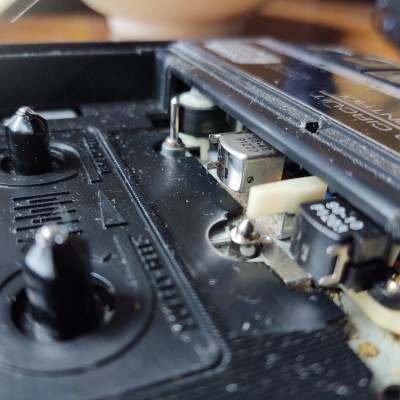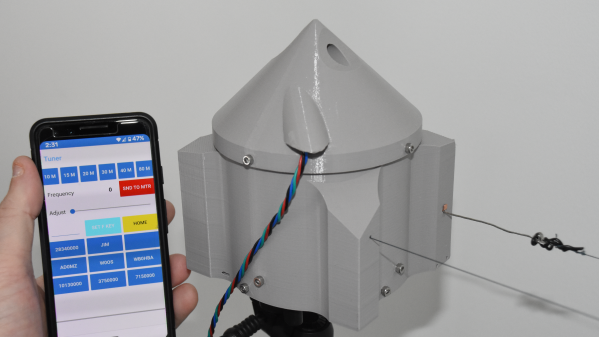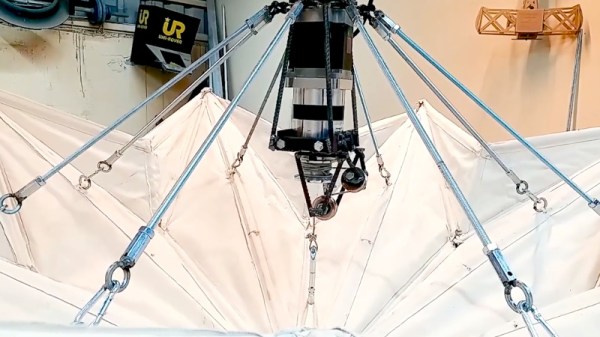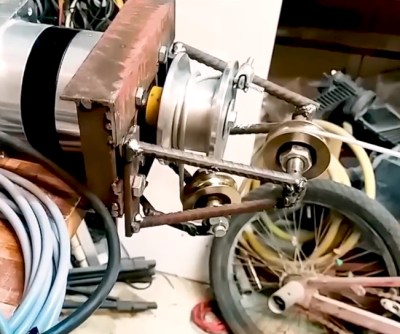For [ke4mcl], this whole cassette craze of late is not a new discovery so much as it is a personal nostalgia machine. Since [ke4mcl] sees a lot of basic questions go unanswered, they made an incredible beginner’s guide to all things cassette deck. This concise wealth of information covers everything from terminology to operation, basic maintenance like repairing the belt and lubricating the motor, and appropriate cleaning methods for the various parts. Yep, we’re pretty sure this covers everything but the pencil winding technique, which you probably already knew about.
 You don’t need a lot of tools and supplies to maintain a cassette deck or twelve (apparently they’re addictive) — mostly just head cleaning fluid, isopropyl, window cleaner, and a bunch of cotton swabs. And given this guide, you’ll enter the enclosure confidently, armed with knowledge about everything from the belts to the capstan to the head. This is valuable information, the kind of stuff your older brother wouldn’t take the time to explain to you in the 80s. But maybe he didn’t know reverse bias from the holes in the top of the tape.
You don’t need a lot of tools and supplies to maintain a cassette deck or twelve (apparently they’re addictive) — mostly just head cleaning fluid, isopropyl, window cleaner, and a bunch of cotton swabs. And given this guide, you’ll enter the enclosure confidently, armed with knowledge about everything from the belts to the capstan to the head. This is valuable information, the kind of stuff your older brother wouldn’t take the time to explain to you in the 80s. But maybe he didn’t know reverse bias from the holes in the top of the tape.
Don’t care for the quality of audio cassettes? Tapes are good for lots of stuff, like data storage and decoration.
















